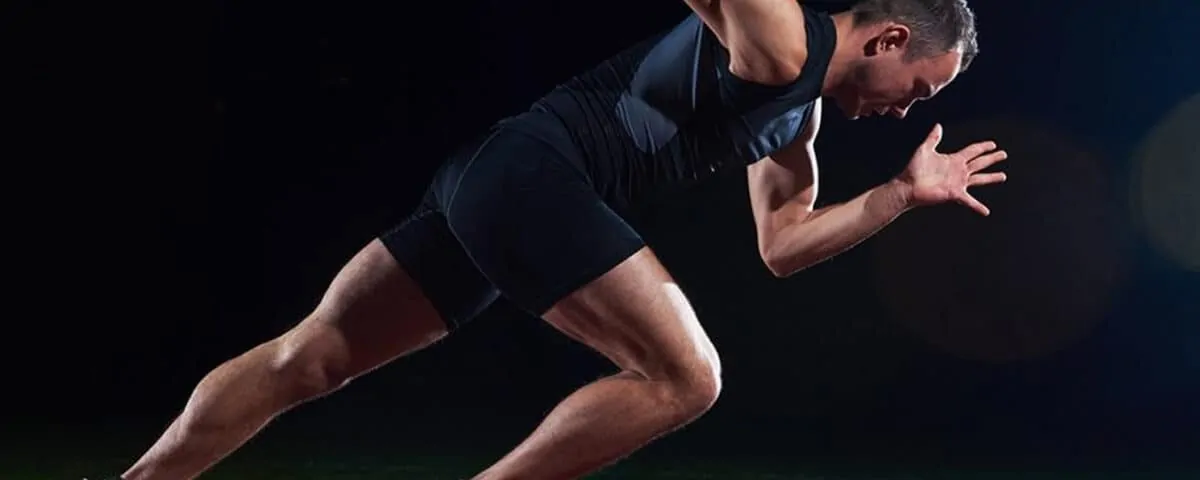
[vc_row][vc_column][vc_column_text]CARDIO! For some, this word resonates a feeling of dread with the mental image of hours upon hours spent on a treadmill as a cardio bunny. For others, cardio is “me time” – a therapeutic activity that just happens to benefit your health. Regardless, cardio is ultimately a term for an effective form of exercise and fat loss.
There are two dominant approaches to improving your cardiovascular fitness: Low Impact Steady State (LISS) and High-Intensity Interval Training (HIIT).
- LISS is by far the most common form of cardio. It involves the repetition of the same movement for long periods of time while maintaining a moderate heart rate (around 40-60% of your max heart rate). LISS involves few (if any) rest periods. Walking, jogging, rowing, traditional aerobics, and swimming are all examples of LISS. Workouts generally last 30-60 minutes (or more!)
- HIIT has been gaining popularity for years now. HIIT involves performing high-intensity activities for short periods of time at up to 95% of your max heart rate with longer periods of low-to-moderate impact activity and/or rest. Most interval training workouts can be completed in 20 minutes or less. Sprinting, circuit training, Tabata workouts, and soccer are examples of good HIIT exercises.
While the main goal of cardio is usually fat loss, it also has the added benefit of improving your cardiovascular endurance. Getting technical for a minute: cardiovascular fitness is often measured by the body’s ability to intake, distribute and utilize oxygen for energy – more commonly referred to as VO2 max (maximal aerobic capacity). The higher one’s VO2 max, the better shape you’re in. The human body is an amazing piece of equipment – you can exercise your own heart into being able to push oxygenated blood through your body with greater force and with more volume each time it beats.
There are two types of cardiovascular endurance: aerobic and anaerobic. Aerobic (with oxygen) endurance is usually associated with LISS cardio. Aerobic exercise is performed at a low enough intensity level to ensure oxygen is consistently available to the muscles. It takes time for oxygen to be delivered to muscles from your lungs, and aerobic exercise is designed to accommodate this. Anaerobic exercise, such as HIIT, is performed at such a high level of intensity that the body relies on ATP (adenosine triphosphate) and glycogen stores for energy in lieu of oxygen.
In terms of cardiovascular fitness, the only way to improve your anaerobic endurance is through anaerobic exercises such as HIIT. However, both LISS and HIIT will improve your aerobic endurance. In fact, not only do those 20-minute HIIT workouts improve overall aerobic fitness more effectively but they do so in a significantly shorter amount of time than LISS workouts. One study found that it took around 6-8 weeks of LISS to achieve the same amount of aerobic endurance (VO2 max) improvement seen in just 2 weeks of consistent HIIT.
While HIIT is ultimately more effective at burning fat, there is a catch. HIIT takes a lot more energy (calories) and requires more recovery time than steady state cardio. If your goal is muscle growth, LISS will usually be a better option. Professional bodybuilders will avoid HIIT prior to competitions due to their dietary caloric deficit. They prefer LISS to help trim excess body fat without affecting muscle growth and inhibiting recovery from weight training. In a bodybuilder’s off-season, HIIT is utilized to build muscle and keep bodyfat levels low without the same dietary restrictions.
So, does that mean that people who are restricting calories to lose weight should avoid HIIT? Not at all. You would just need to make sure you’re not cutting too many calories otherwise you risk losing valuable muscle mass. While a 20 minute HIIT workout can burn as many calories as a 40-60 minute LISS workout, the HIIT exercise also boosts your metabolism for up to 24 hours afterward. This means you’ll actually be able to increase your caloric intake and burn as much fat – or more – with HIIT than with LISS.
Final thoughts: There is one incredibly important factor to consider that no clinical study can determine for you: the best form of cardio for you is the kind you enjoy. While HIIT may be more effective for fat loss, it’s not a good long-term strategy if you dread the activity so much you avoid it. If you hate spending more time than necessary working out, then give HIIT a try![/vc_column_text][/vc_column][/vc_row]